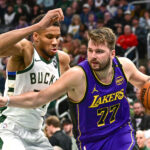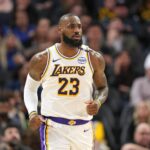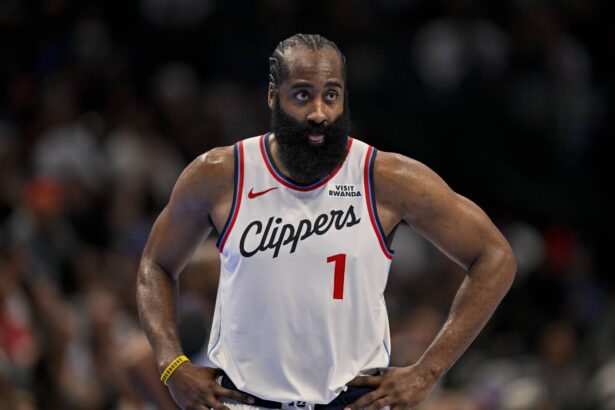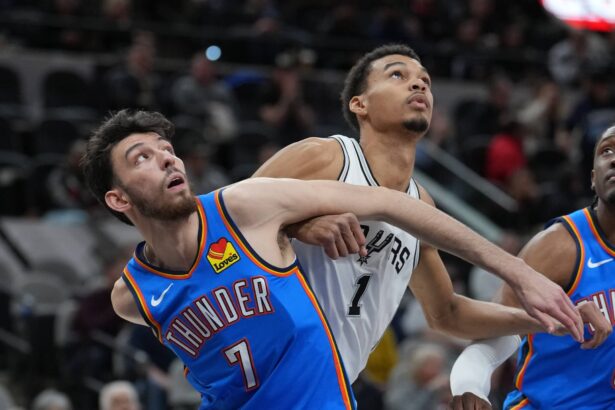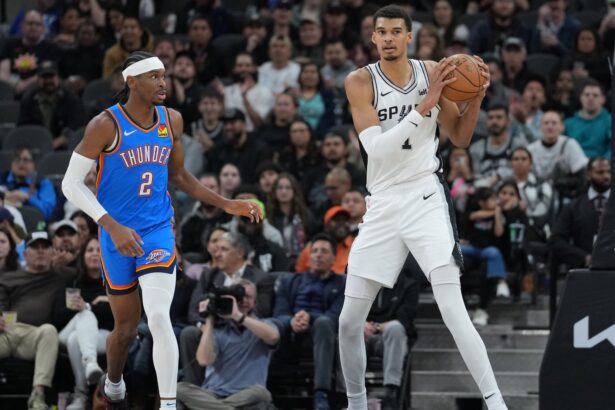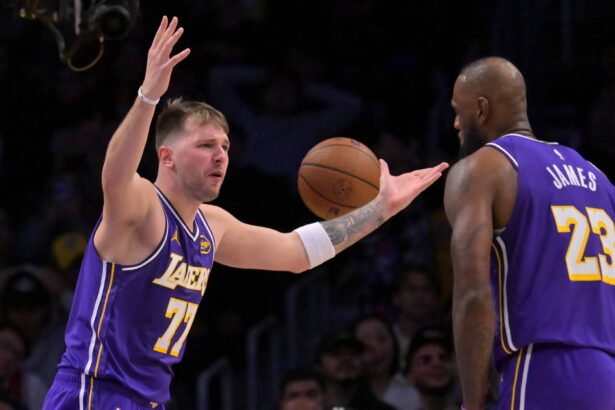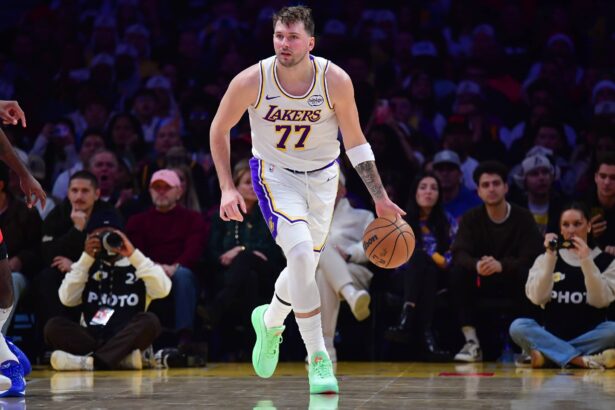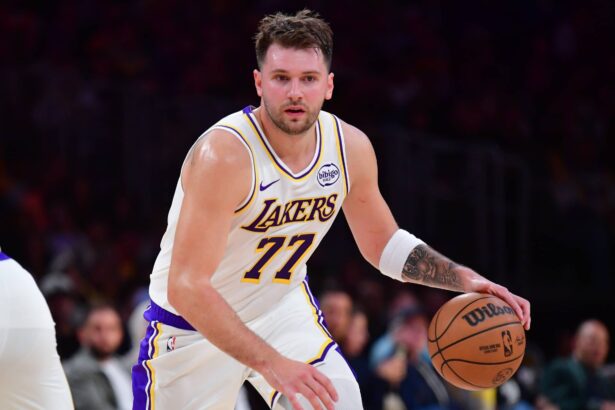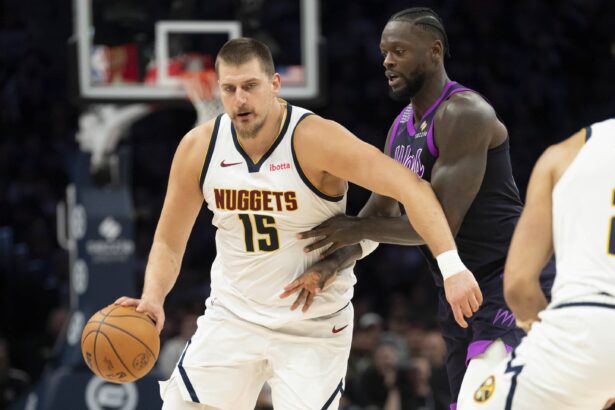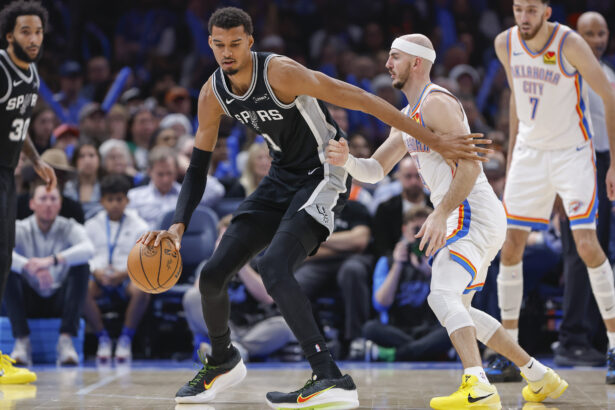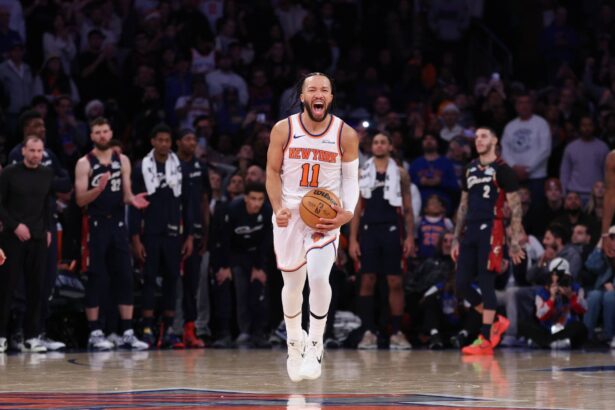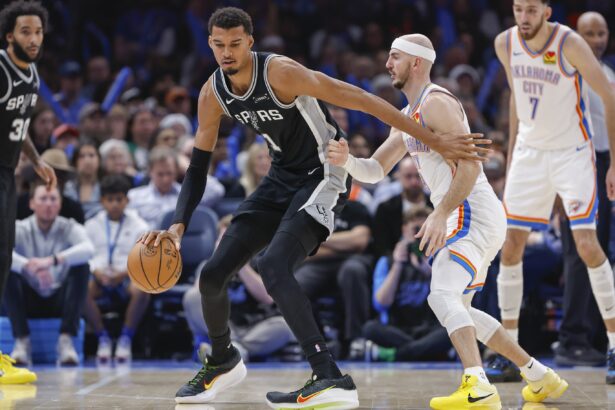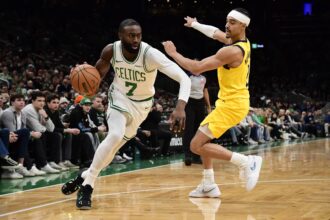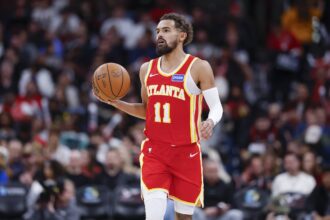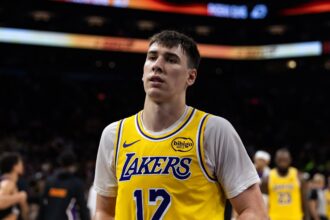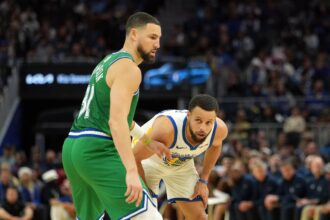The Achilles tendon injury has been one of the NBA’s most devastating instances, capable of derailing careers and dimming superstar legacies with a single snap. Unfortunately, we are left holding our breath as Jayson Tatum, Tyrese Haliburton, and Damian Lillard all face the daunting task of recovering from Achilles tears, likely sidelining them for the entire year.
Jayson Tatum has recently appeared to given positive updates about his injury rehab, and we hope to see the superstar come back stronger after a devastating injury that has led the Boston Celtics to revamp their roster. Along with Tatum, Haliburton, and Lillard will have to draw inspiration from stars who suffered similar injuries before them.
Their comebacks will be among the most closely watched storylines in basketball, but as history shows, only a few players have ever returned to their full powers. Yet there are rare exceptions who came back just as strong and in some cases, even stronger. Here’s a sharp look at the select few who came back from one of basketball’s most feared injuries and were still productive.
Klay Thompson
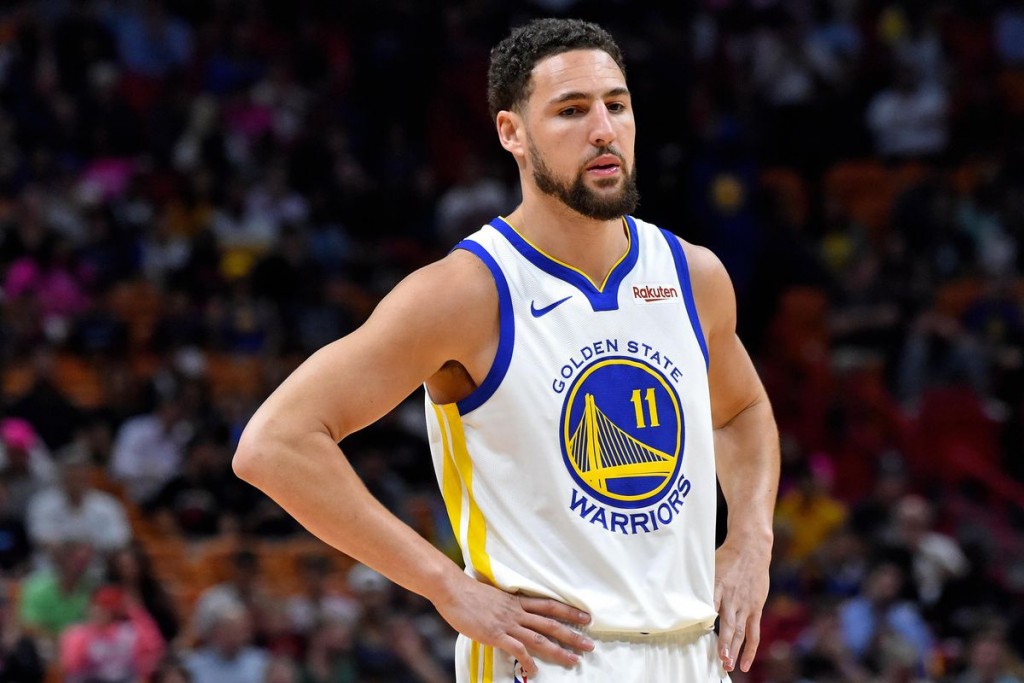
Klay Thompson’s story is crueler than most. He tore his ACL in the 2019 Finals, then, while rehabbing, ruptured his Achilles in November 2020. That meant back-to-back season-ending injuries cost him over two full years of basketball. When he finally returned in January 2022, fans wondered whether one of the league’s most devastating shooters could regain his rhythm.
The answer was encouraging. Though Klay lost some lateral quickness defensively, he reestablished himself as one of the NBA’s premier shooters. In the 2021-22 regular season, he averaged 20.4 points per game and helped Golden State win the championship, capping it with a Finals performance where he posted 17.0 points per game on 35.6% from three.
By 2022-23, he was leading the NBA in three-pointers made (301 on 4.4 per game) and dropping 21.9 points a night. Klay’s comeback wasn’t about being “stronger” than before, but about proving he could still be very productive despite devastating setbacks. He is now on the Dallas Mavericks, where he hopes to compete in the postseason again, utilizing his playoff experience and unlimited range to his advantage.
Kevin Durant
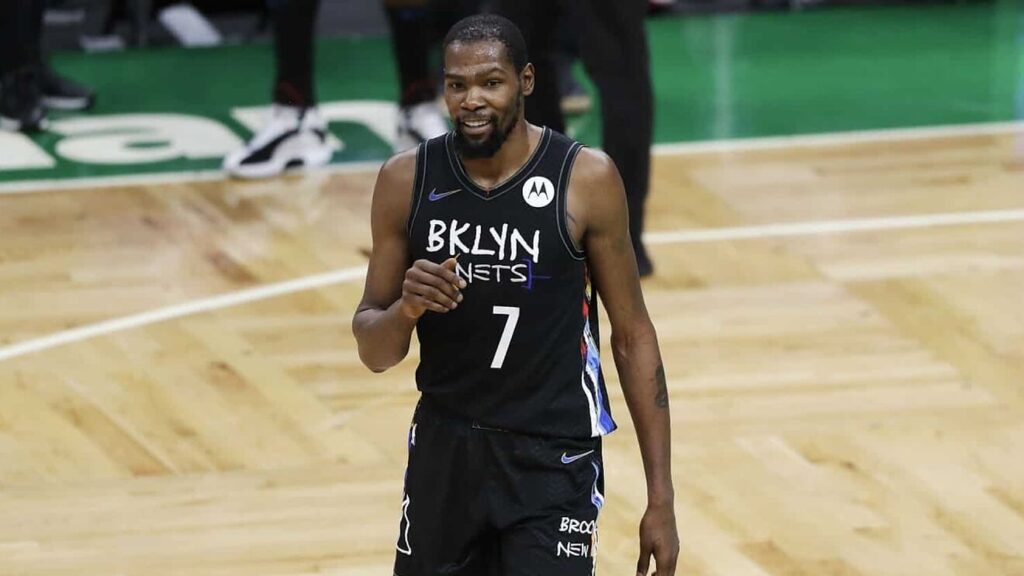
When Kevin Durant ruptured his right Achilles tendon during the 2019 NBA Finals, the basketball world feared the worst. At 30 years old, with over 35,000 career minutes logged between the regular season and playoffs, it seemed impossible for him to return as the same once-in-a-generation scorer. Durant sat out the entire 2019-20 campaign rehabbing, with doubts swirling about whether the Brooklyn Nets’ massive gamble in signing him would pay off.
Then he came back and looked eerily identical to his Golden State self. In his first season back (2020-21), Durant averaged 26.9 points, 7.1 rebounds, and 5.6 assists on 53.7% shooting, including a lethal 45% from three. His playoff masterpiece that resonates until today, a 49-point, 17-rebound, 10-assist gem against Milwaukee, erased all doubts in our mind.
Even if his stint in Brooklyn failed and so did his experiment in Phoenix on a team success level, Durant has been consistent individually. He has averaged 27.9 points, 6.7 rebounds, 5.2 assists, and 1.2 blocks per game on 53.1% from the field, 41.5% from three, and 88.0% from the stripe. No doubt, Durant is the perfect example of a player who could still perform at an MVP level after an Achilles tear, and one can argue he came back even stronger.
DeMarcus Cousins
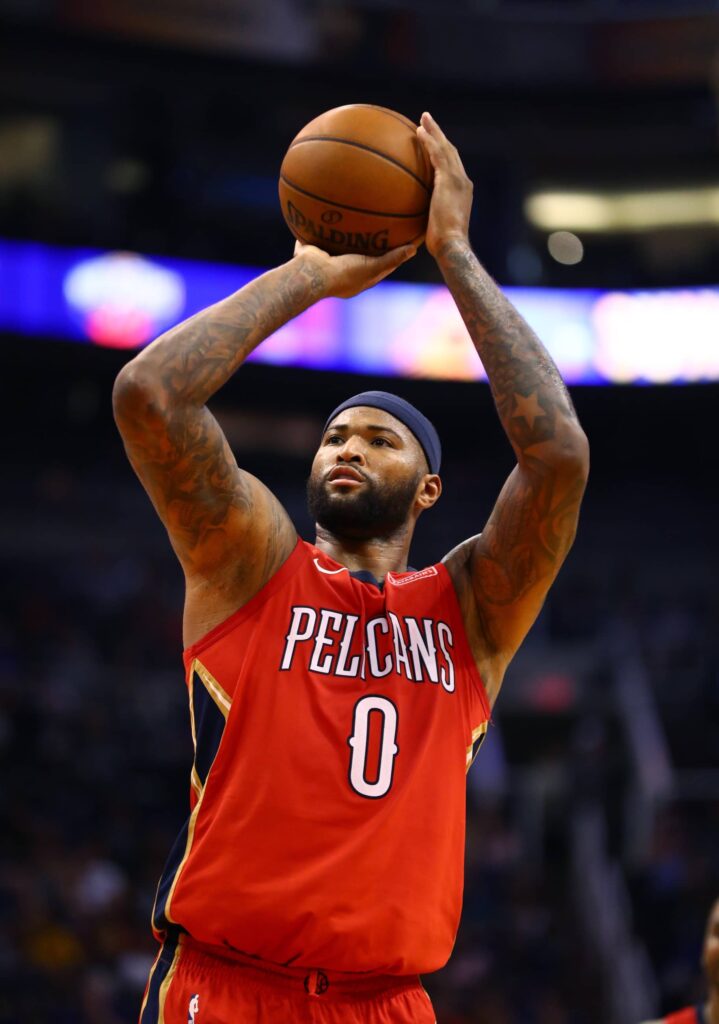
DeMarcus Cousins’ Achilles tear in 2018 with New Orleans came at the worst possible time. He was playing some of the best basketball of his career, averaging 25.2 points, 12.9 rebounds, and 5.4 assists, which are numbers matched only by Wilt and Kareem in their primes. As a pending free agent, he seemed on track for a max contract.
However, the injury changed everything. Cousins returned with Golden State in 2019 but was clearly slower, struggling on defense and losing his dominant post presence. He averaged 16.3 points and 8.2 rebounds in 30 games but was no longer an All-NBA force.
Over the next few years, he bounced between teams as a backup center, showing flashes of skill but never regaining his old form. Cousins’ story is perhaps the starkest example of an Achilles turning a superstar into a role player, but there is no doubt the big man was still an impact player in the paint.
Rudy Gay
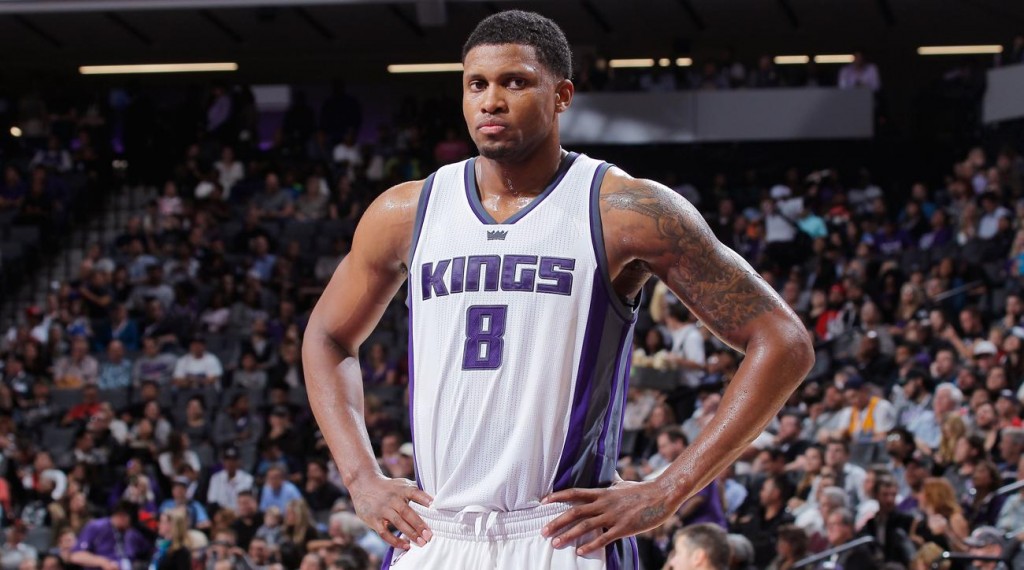
Rudy Gay’s career looked in jeopardy when he ruptured his Achilles in 2017 with Sacramento. Athletic wings often struggle to adapt after losing their first step, and Gay had built much of his career on slashing and mid-range scoring. At 30 years old, he seemed destined to fade quickly.
Instead, Gay found new life as a role player in San Antonio. He sharpened his three-point shooting, improved as a rebounder, and became a versatile forward off the bench. In 2018–19, he averaged 13.7 points and 6.8 rebounds while shooting a career-best 40.2% from deep.
Though never the 20-point scorer he once was, Gay returned as a steady, valuable piece for playoff teams. His comeback wasn’t “stronger,” but it was savvy, which meant reinvention can keep a career alive post-Achilles. For any player who suffers an Achilles injury, Gay’s journey from a potential All-Star to a 3-and-D wing shows that working on other areas of your game can be very important.
Kobe Bryant
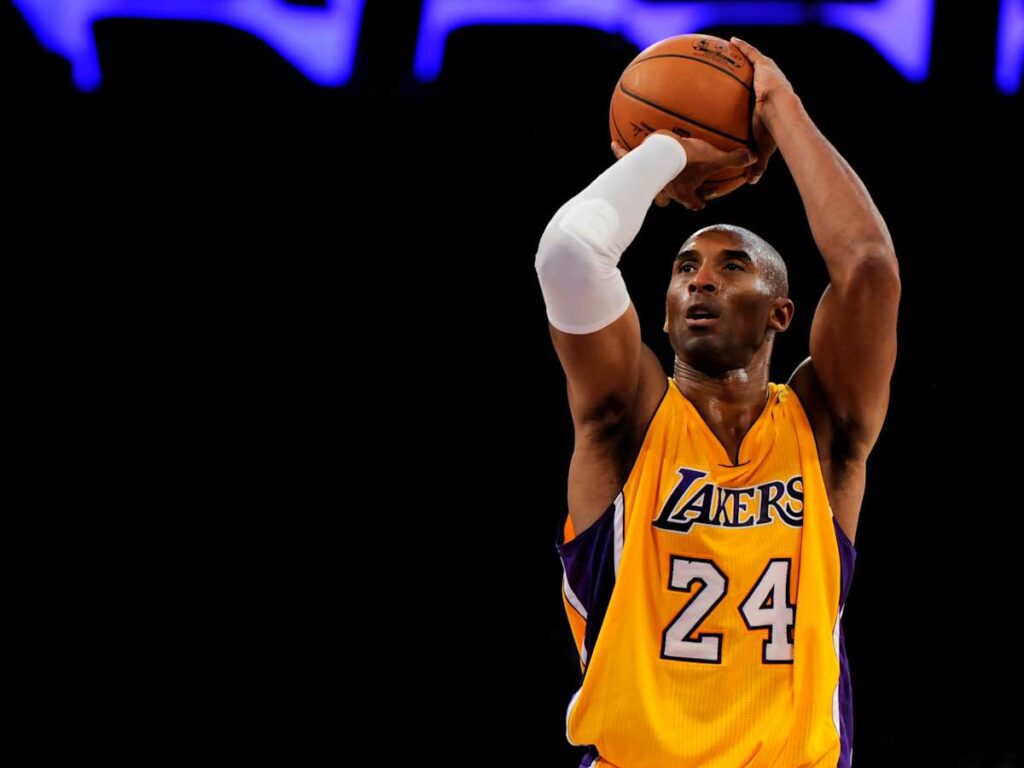
You might be wondering why Kobe Bryant is on the list. Yes, he ever returned to being “The Black Mamba”, but he was still an impact player. Bryant’s Achilles tear in April 2013 was one of the most memorable injuries in NBA history. At age 34, in his 17th season, Bryant went down in a must-win game against Golden State.
Famously, he stayed in to hit two free throws before hobbling off, a moment that became symbolic of his toughness. The Lakers won enough to reach the playoffs, but Kobe wouldn’t return for over eight months.
When he did, it was clear his body had changed. Bryant played just six games in 2013-14, then only 35 games the next year, battling other injuries. His scoring efficiency dropped, and the burst that once allowed him to dominate one-on-one situations never fully returned. However, there were still productive moments.
Most famously, his 60-point finale in 2016 was unlike anything we had seen in NBA history. Like a movie, Bryant made sure he left the court to remind everyone that there might not be anyone who can replicate what he can do offensively. Still, Kobe’s Achilles tendon marked the beginning of his decline, although his mentality never wavered.
Elton Brand
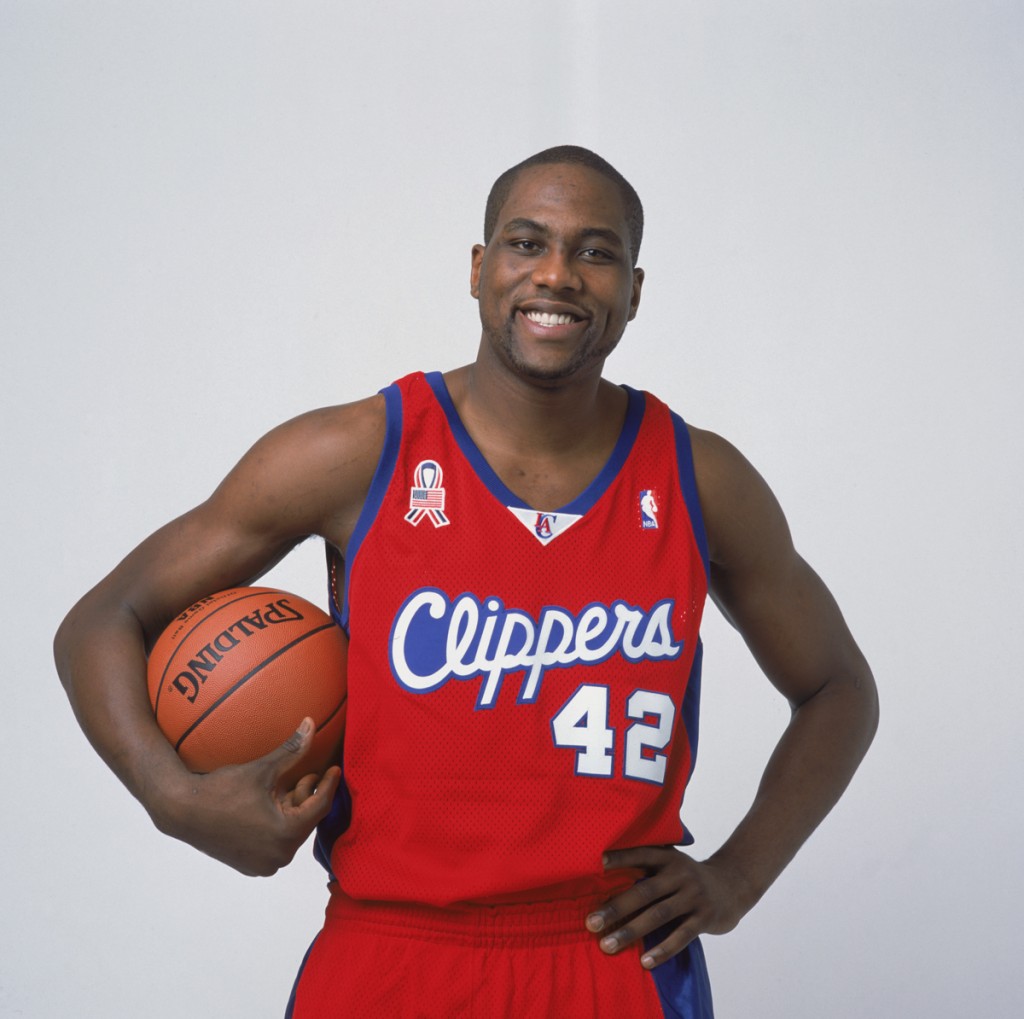
Elton Brand tore his Achilles tendon in 2007 while with the Clippers, derailing what had been a rock-solid prime. A two-time All-Star and 20-and-10 machine, Brand missed nearly an entire season after having some strong seasons (including 2005-06 when he averaged 24.7 points and 10.0 rebounds per game).
He returned in 2008-09 with Philadelphia, but it was clear his explosiveness was gone. Despite that, Brand reinvented himself as a gritty interior defender and veteran leader. He never again averaged more than 15 points per game after his injury, but he remained a productive starter for several years, even averaging 13.1 points and 6.1 rebounds in 2010-11.
By the end of his career, he transitioned into a mentoring role and later into the Sixers’ front office. Brand’s Achilles recovery was respectable, but he was definitely weaker. Less star, more role player, but still productive enough to remain an inspiration for anyone hoping to bounce back from a major injury of that magnitude.
Dominique Wilkins
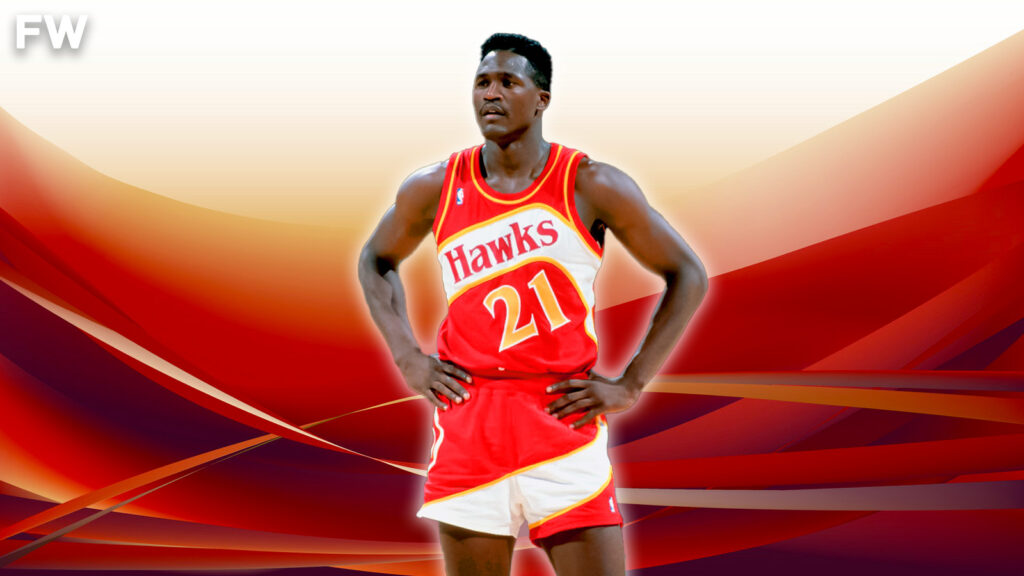
In 1992, Dominique Wilkins was 32 years old when his Achilles gave out, an age when most players already begin losing their lift. For “The Human Highlight Film,” whose entire identity revolved around power dunks and athleticism, the injury seemed catastrophic. The assumption was that he would never again be the same athletic marvel who averaged 25+ points per game for seven straight seasons.
But Wilkins stunned the league. Returning just nine months later, he posted 29.9 points per game in the 1992-93 season, nearly identical to his pre-injury numbers. He shot 46% from the field and was selected to his seventh All-Star team while finishing 5th in the MVP race.
While Atlanta eventually moved on in the following season, Dominique’s recovery is widely regarded as the greatest Achilles comeback in NBA history. He wasn’t just strong after the injury but arguably more efficient, and he joins Durant as the only player in basketball history to come back at an MVP level almost immediately.




